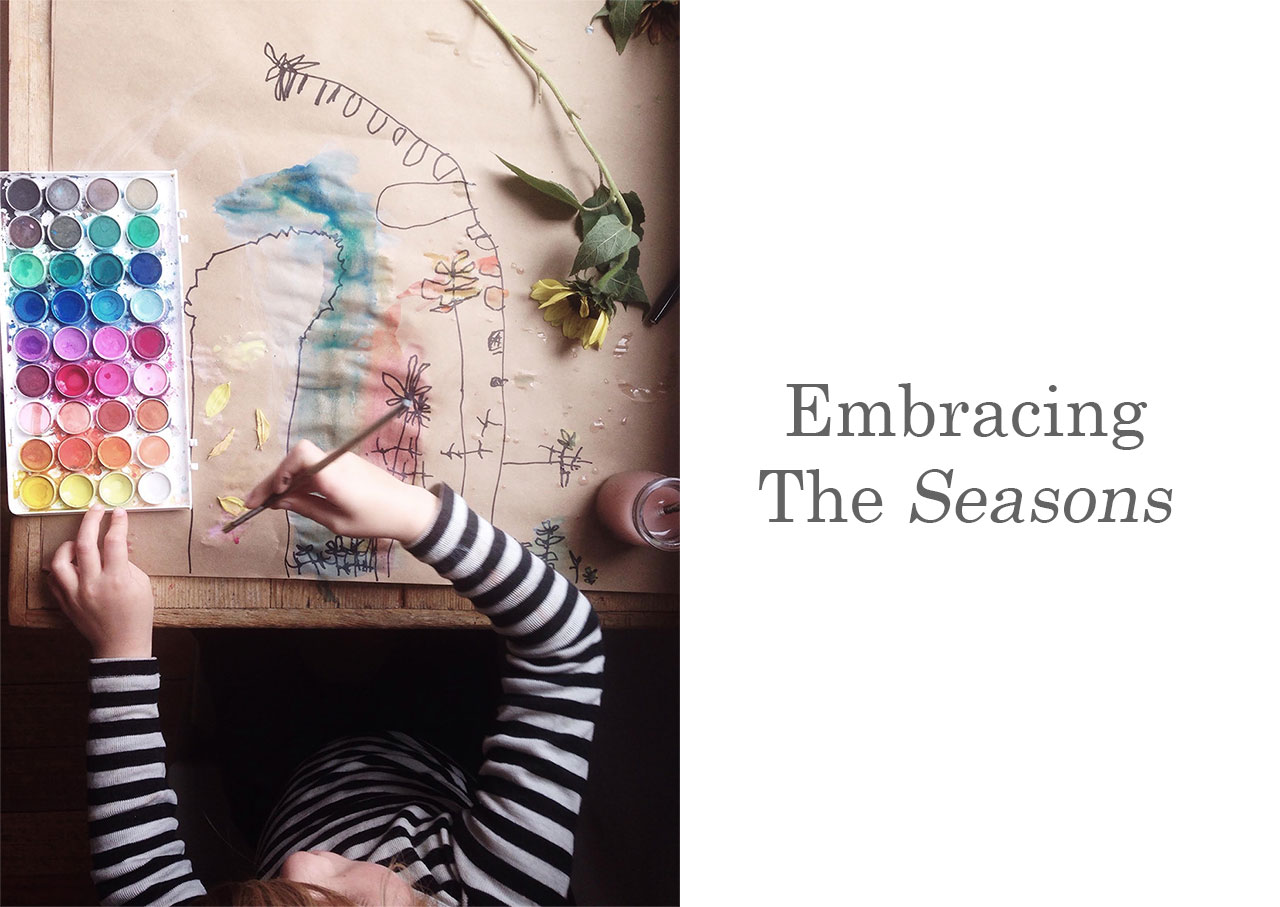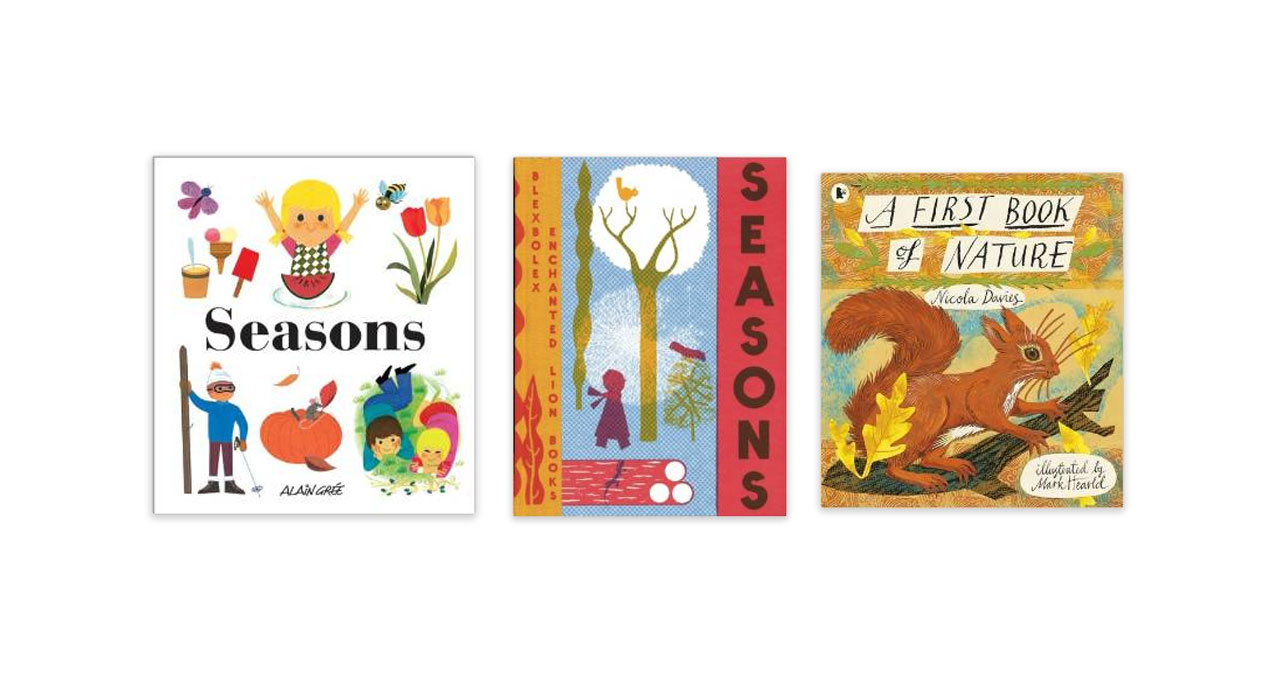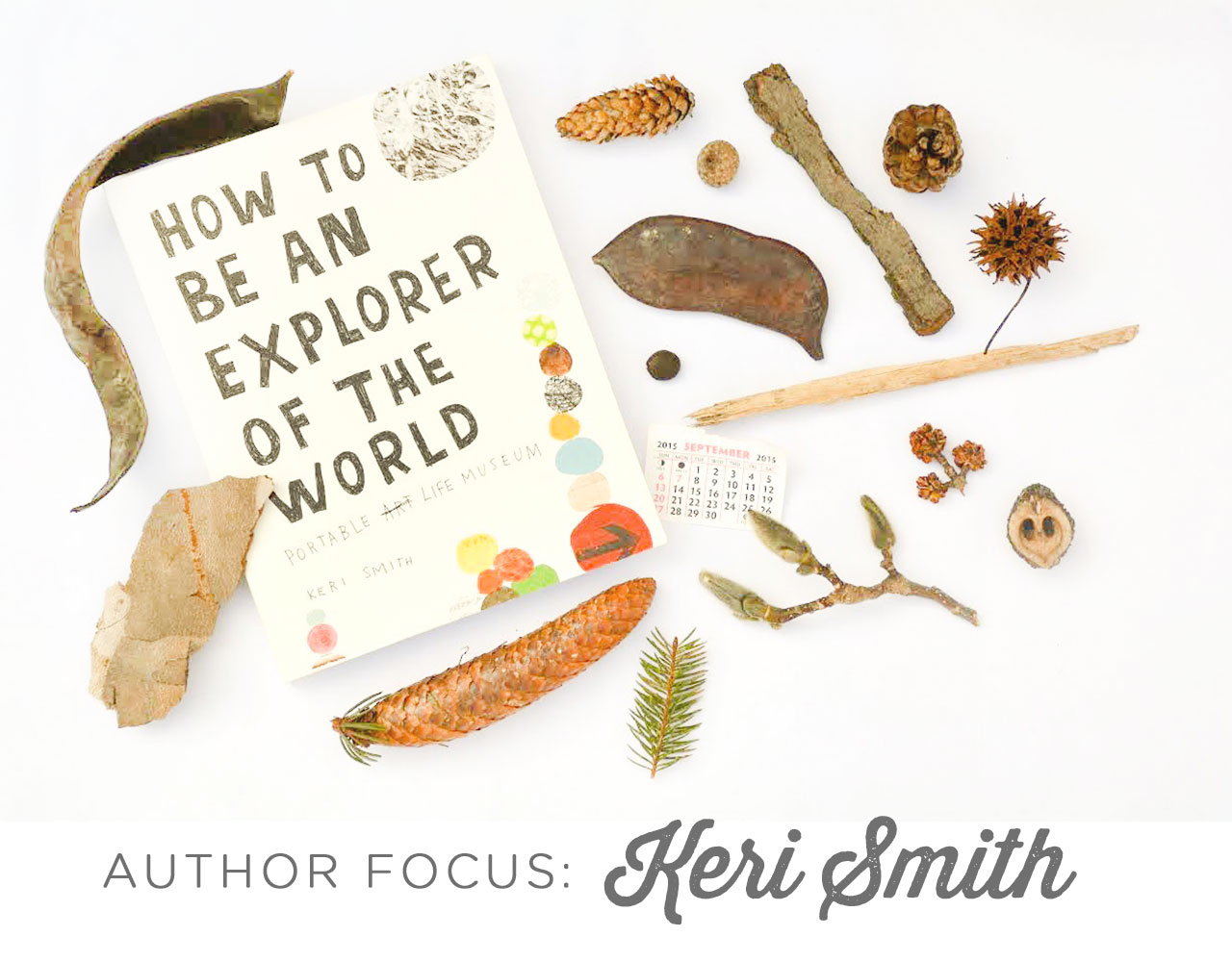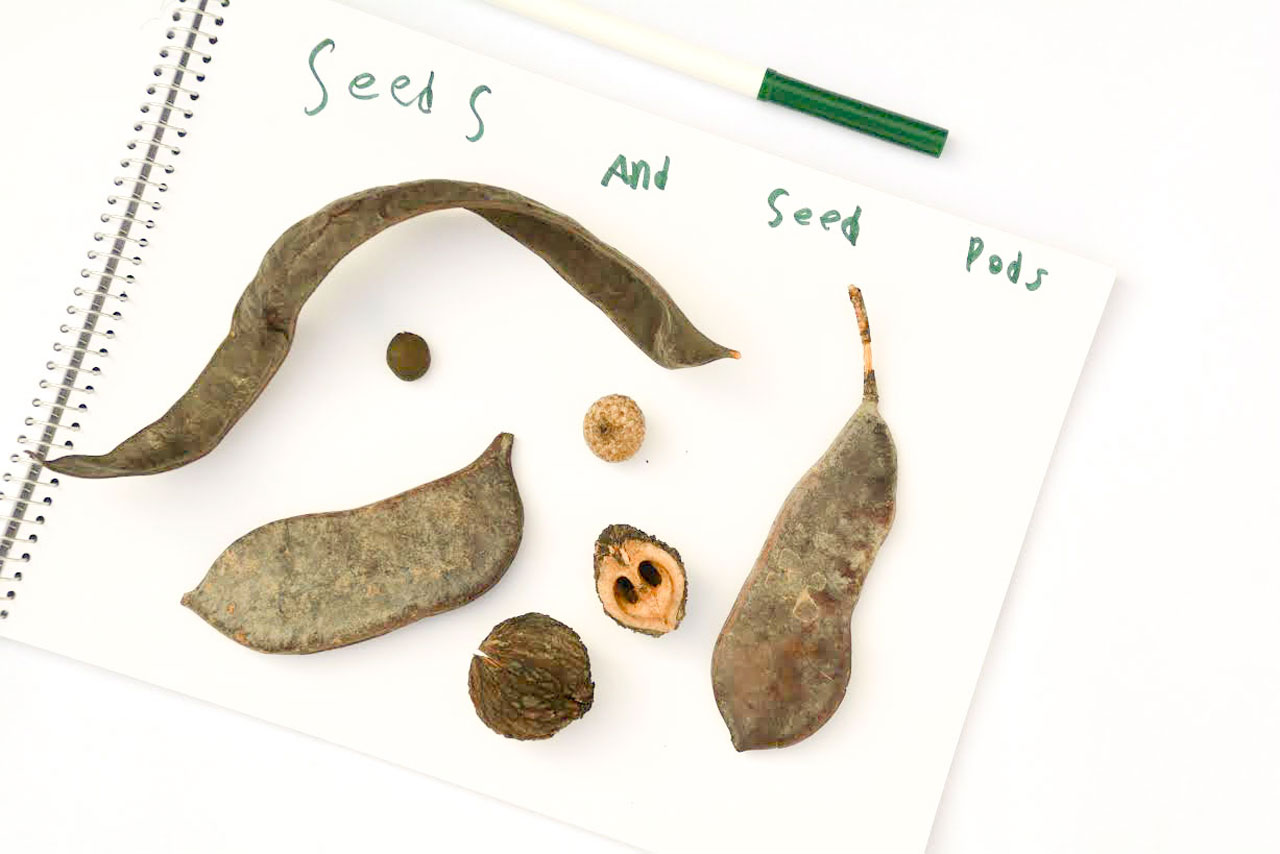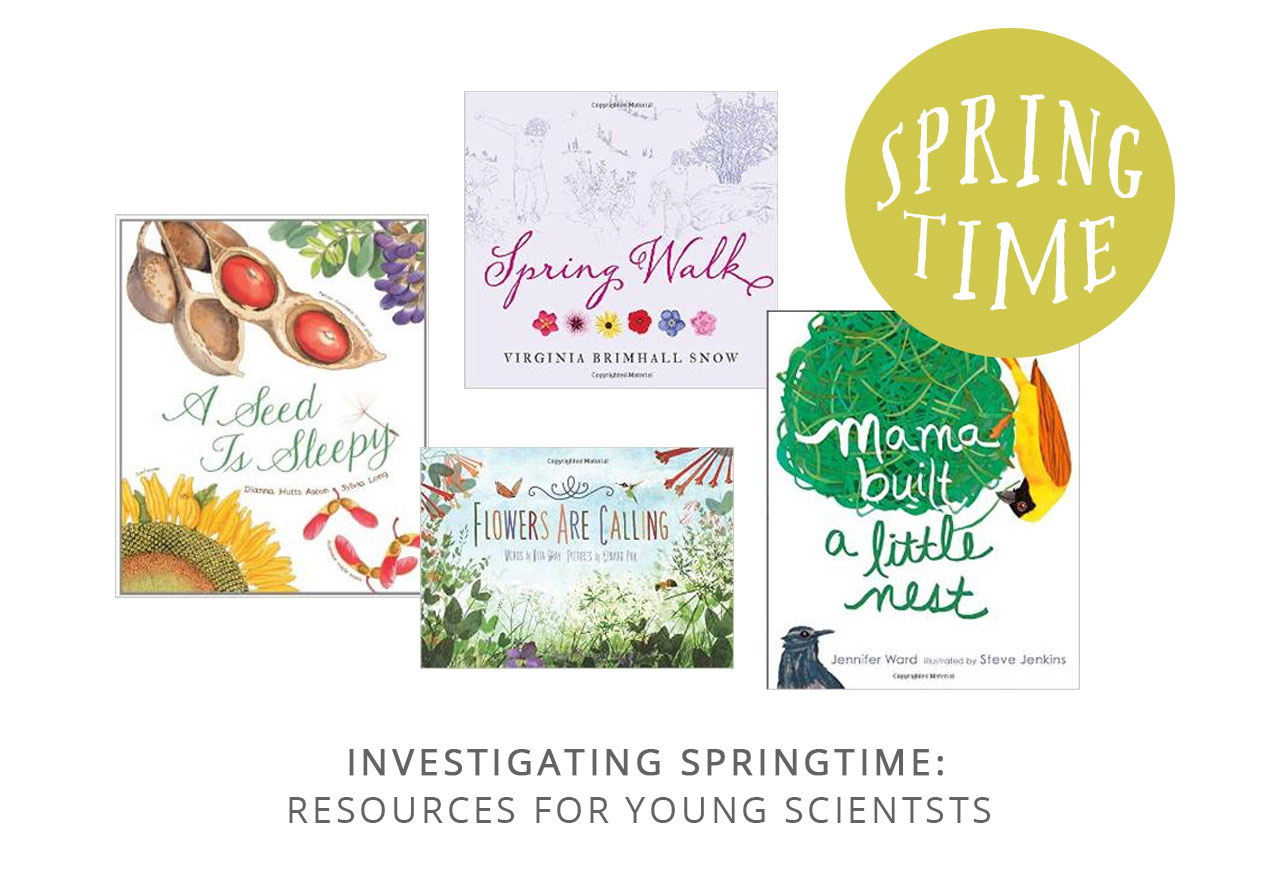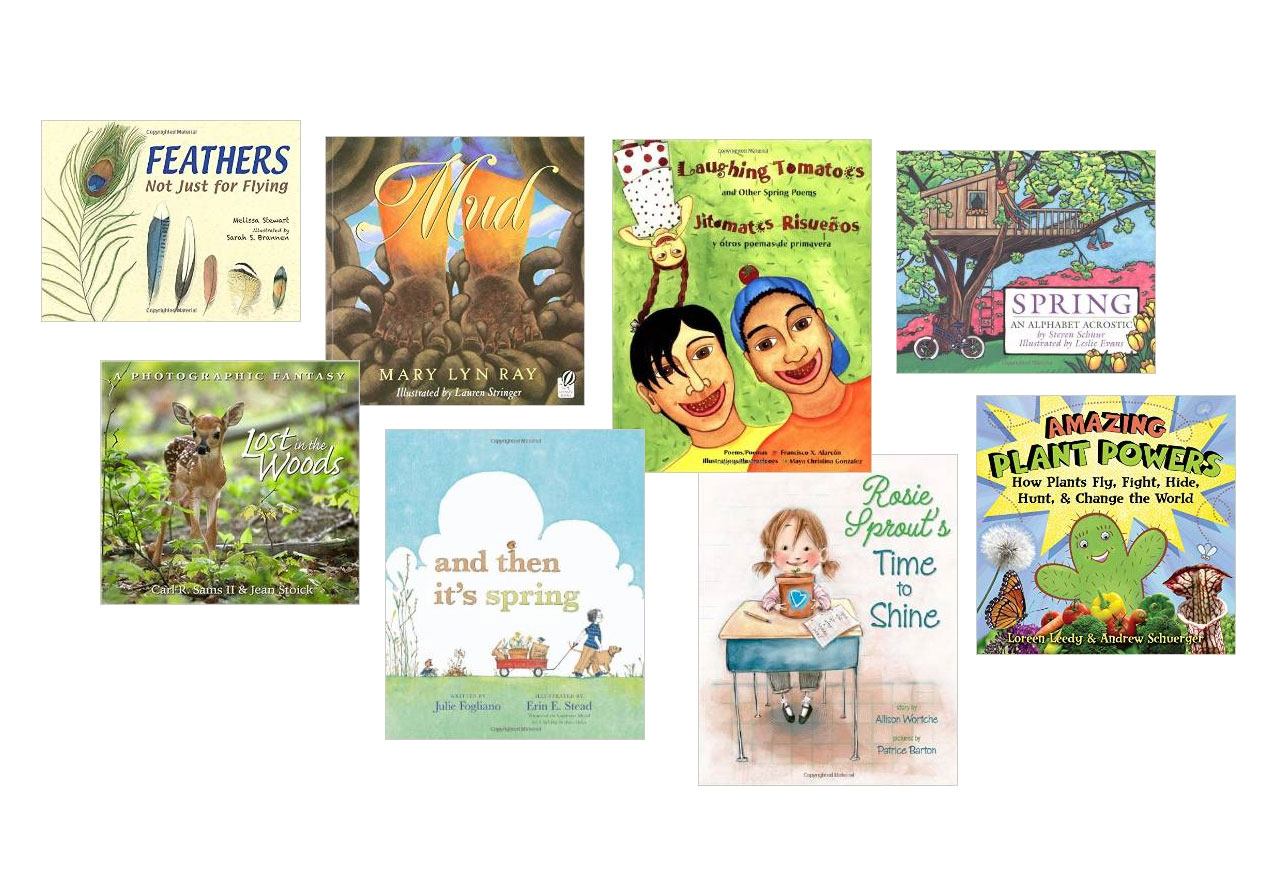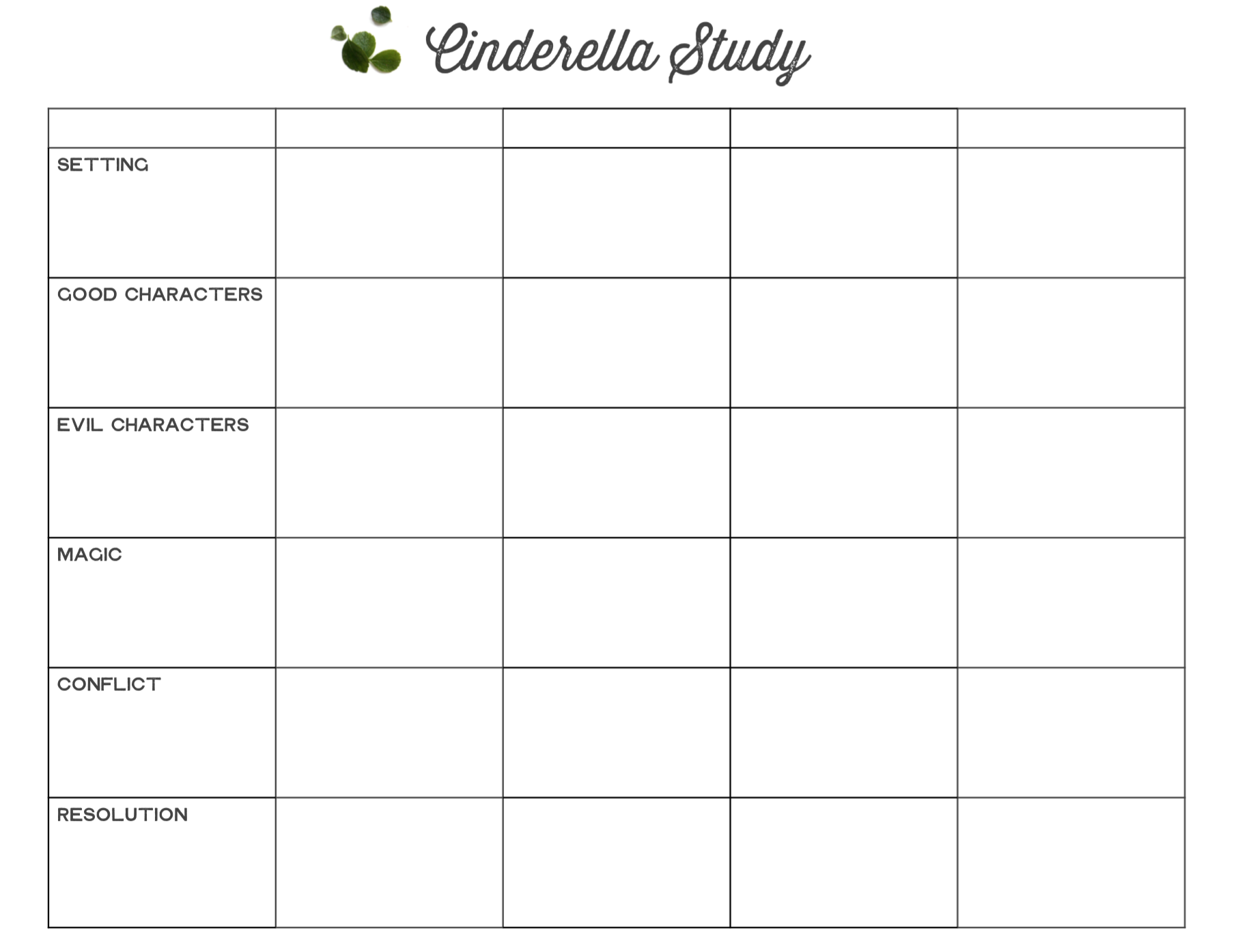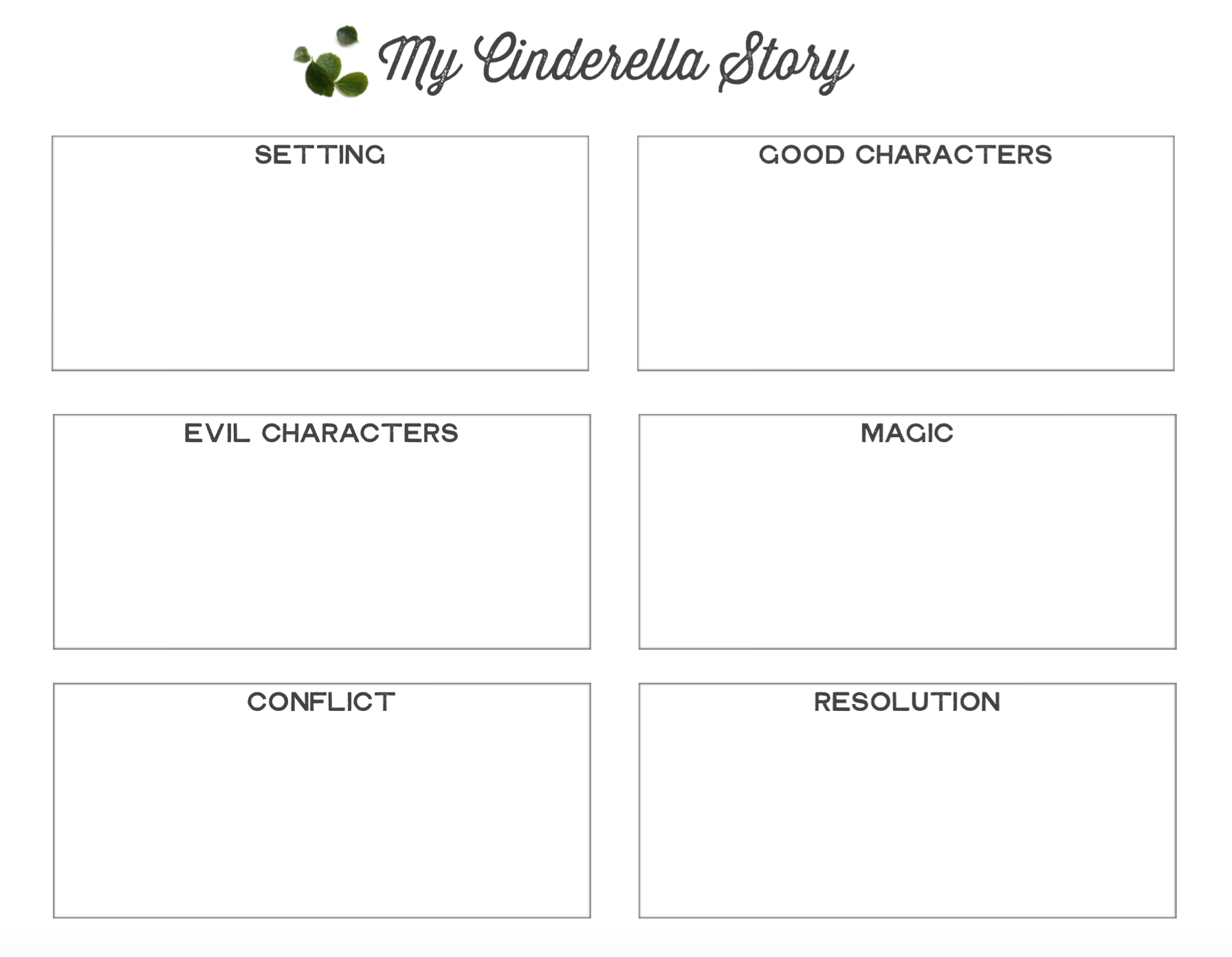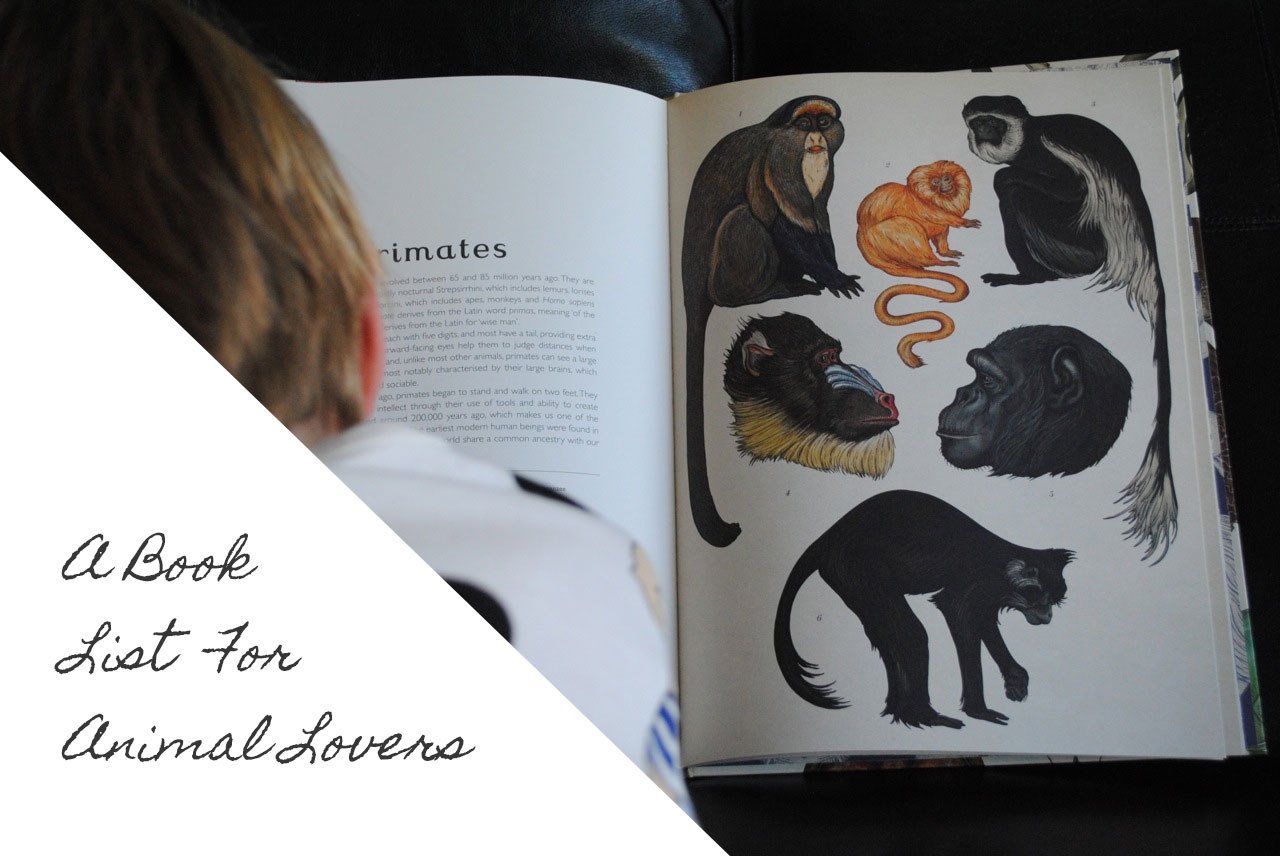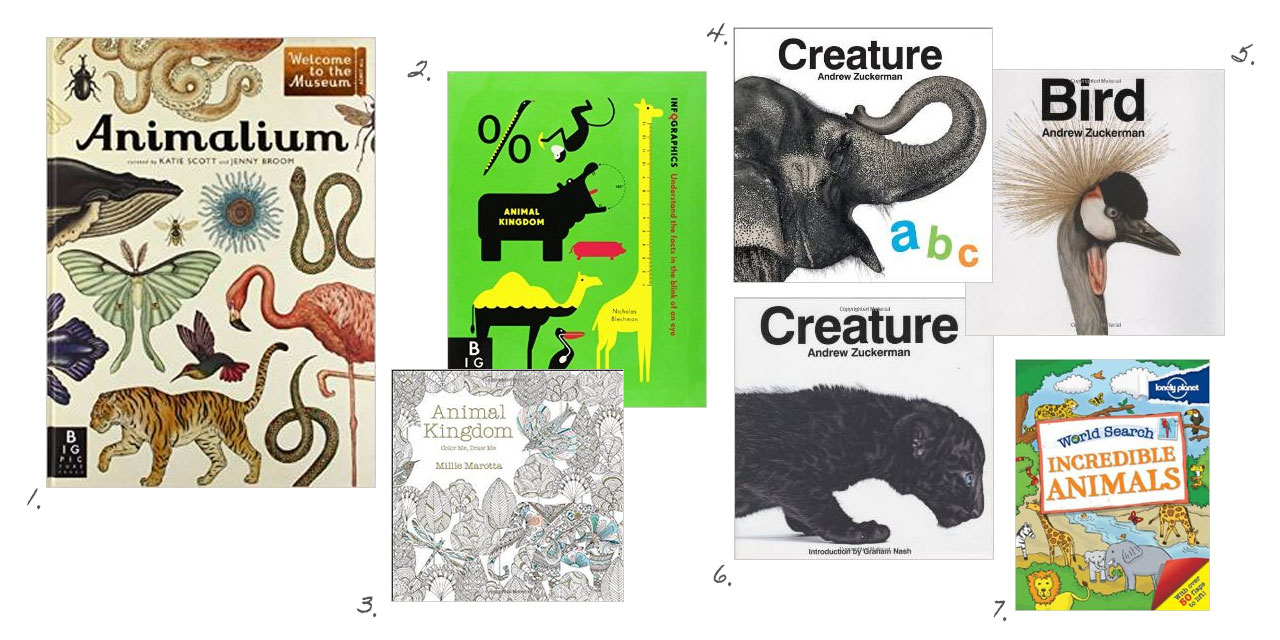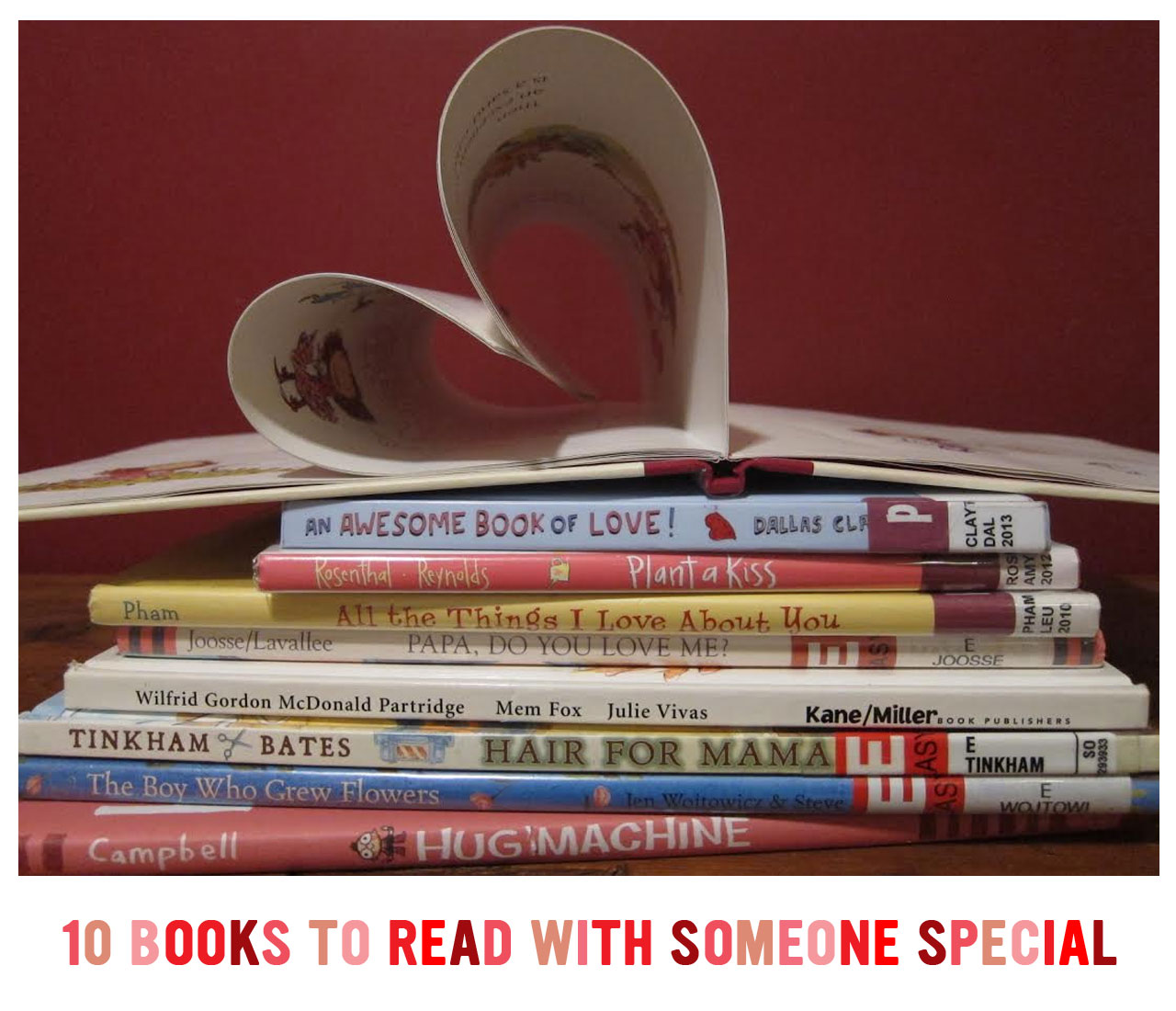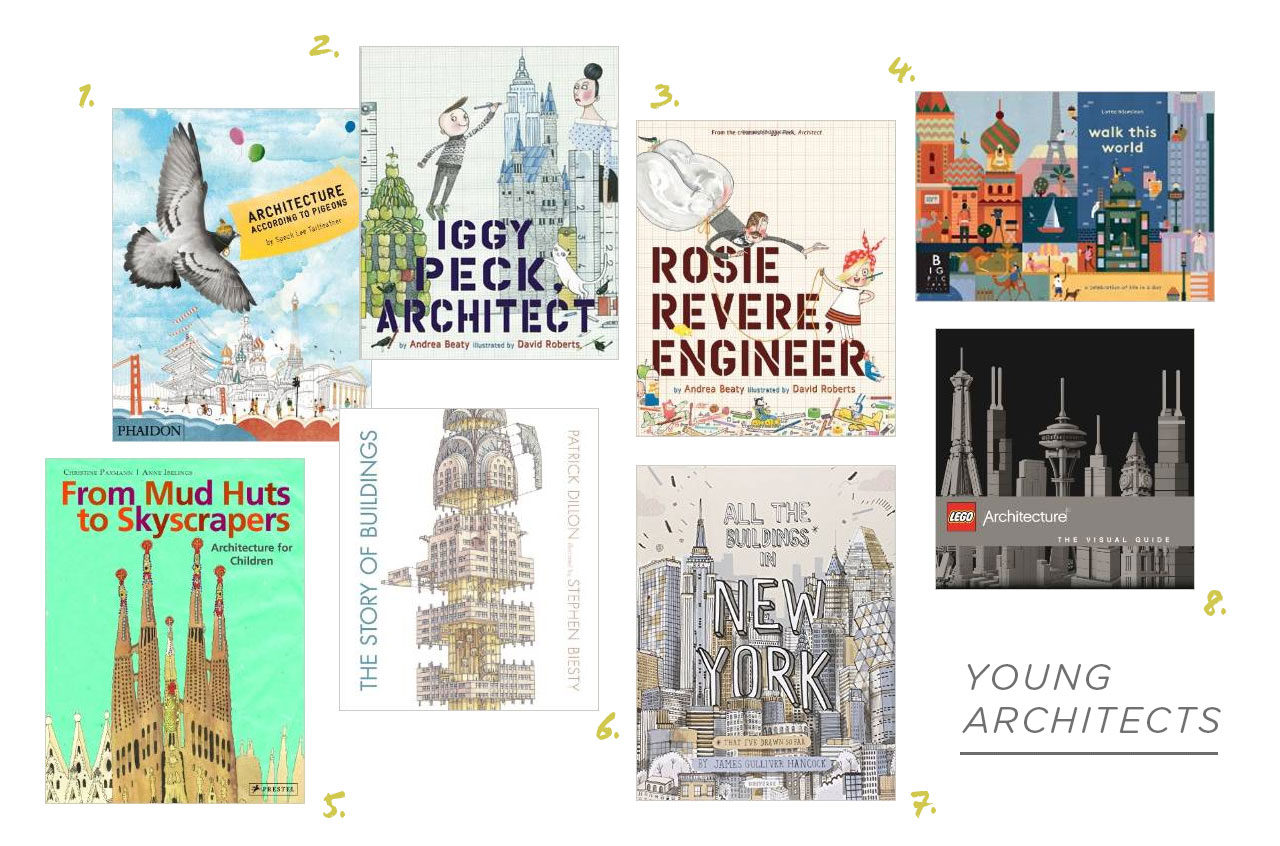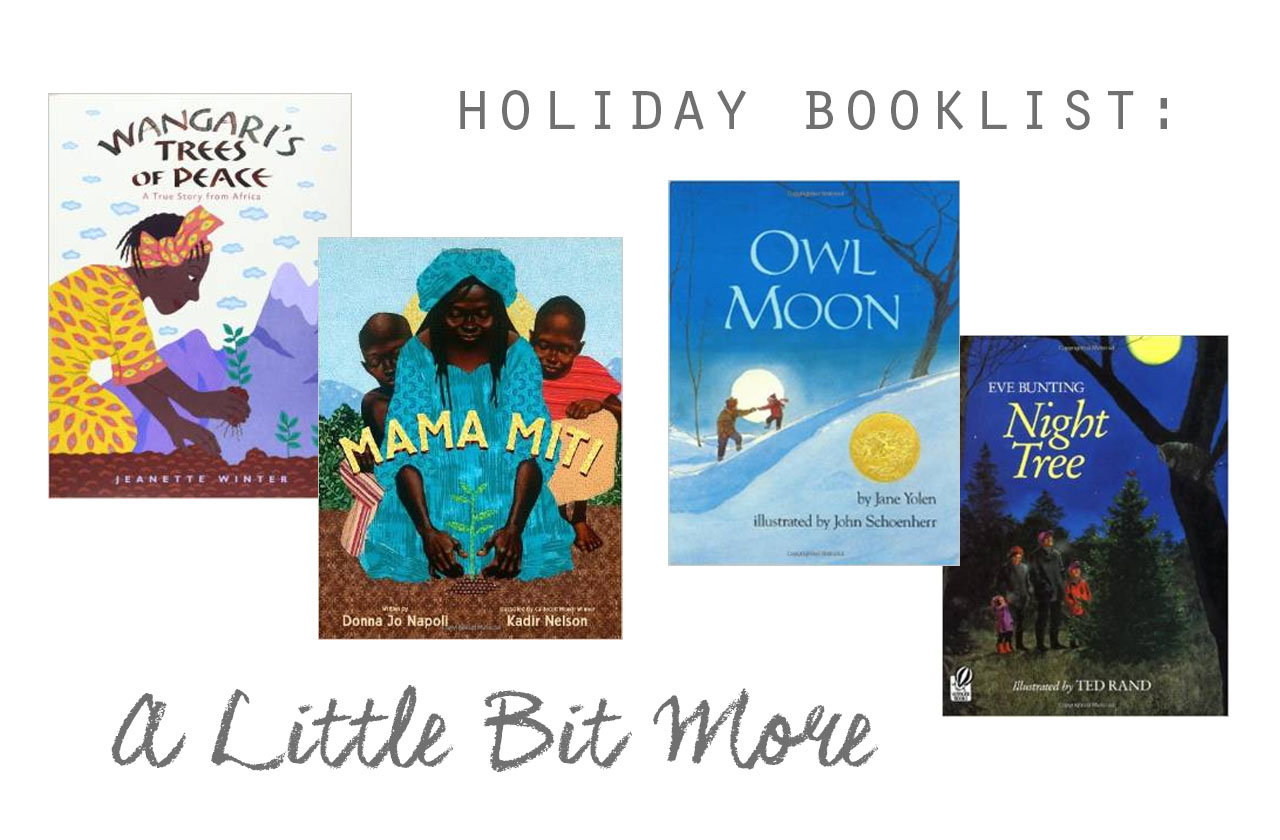 When I originally decided to write a blog post about multicultural holidays and their shared message of peace and giving, I imagined myself surrounded by stacks of books, poring over them and selecting my favorites to share with you. As it turns out, the hardest part about writing this has been finding books.
When I originally decided to write a blog post about multicultural holidays and their shared message of peace and giving, I imagined myself surrounded by stacks of books, poring over them and selecting my favorites to share with you. As it turns out, the hardest part about writing this has been finding books.
Many of the religious holiday books told about traditions, food, or the candles, or why people fast, but didn’t share the spirit of the holiday.
So what I hope you will find here are books that invite a sense of awe at the beauty of the season, remind us we have so much to be grateful for, and reveal that we all want peace on earth. I have included books from different cultures, although not always holiday themed. I encourage you to share your favorite holiday books about peace and giving in the comments below.

Books with Theme of Giving, Generosity:
Latkes, Latkes Good to Eat: A Chanukah Story, by Naomi Howland
Moishe’s Miracle: Hanukkah Story, by Laura Kraus Melmed, ill. by David Slonim
Both of these books are adapted from “The Magic Porridge Pot” by the Grimm Brothers. The first one is more appropriate for younger children, and the second one has eye-popping illustrations. These books could create an opportunity for a conversation about helping others and sharing what we have with those who need it.
Beatrice’s Goat by Page McBrier, illustrated by Lori Lohstoeter
This true story is about Beatrice and her family. Because of the gift of a goat, her family is able to sell the milk and raise enough money to send her to school. If you are looking for an opportunity to invite your children to give globally, this is a great story to show them how they can make a difference.

Books with Theme of Giving Heartfelt Gifts:
Love Monster and the Perfect Present, by Rachel Bright
I would have never picked this book up, but thankfully, a librarian recommended it. I love it. While there is no snow and it is not multicultural, it is universal. It is present day and Love Monster is lured in by the shops promising the perfect gift. We are reminded how easy it is to be caught up in the advertising and commercialism of the holidays. Since the stores don’t except lint and buttons as payment, Love Monster goes home empty-handed and very sad. In the end, he makes a present, telling his true love, “You are sunshine and stars to me.” Who wouldn’t love to receive that gift?
The Best Christmas Ever, by Chih-Yuan Chen
The story opens with the father bear being out of work and the family not having enough money for food. The words do not tell the whole story, but you will see clues in the pictures as to what is happening. In the end, there are gifts for everyone—lost hat, missing button, repaired kite, polished glove. The children notice footprints in the pretend snow around the tree. They wonder why they are so small. On the last page, the littlest member of the family is sitting on a chair and the bottoms of his feet are white. What a beautiful message about giving and noticing what might put a smile on someone’s face. It doesn’t have to be shiny and new but a simple act of thoughtfulness.
The Perfect Gift, by J. Samia Mair
This story takes place at Ramadan and Eid. It is the most religious of the books in this selection. A little girl wonders what to get her mother for Eid. Walking through the snowy woods, she discovers a lone flower. Its simplicity is perfect for this time of year. Why not have a walk through the woods or park and see what “gifts” you find?
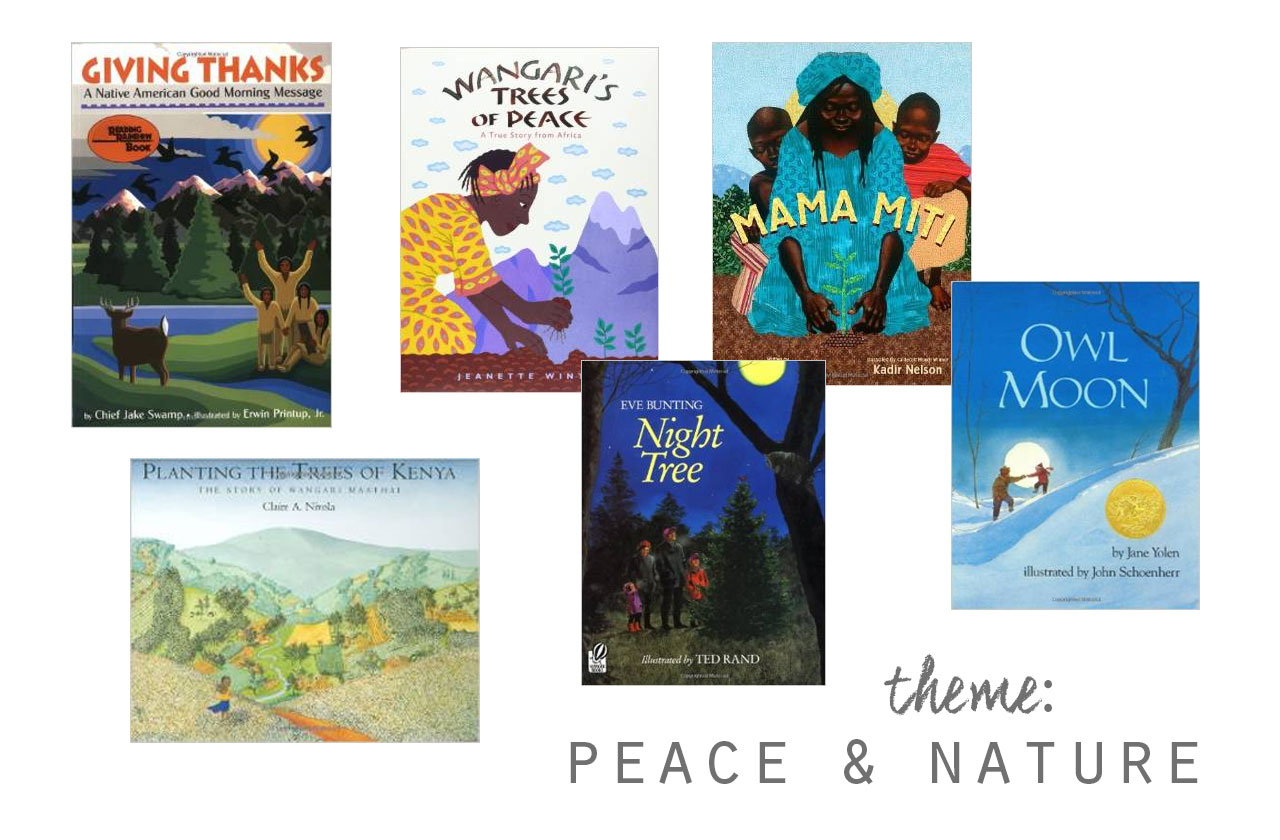
Books with Theme of Peace and Nature:
Giving Thanks: A Native American Good Morning Message, by Chief Jake Swamp, illustrated by Ervwin Printup, Jr.
OK, this is more appropriate for Thanksgiving, but with all of the excitement around presents, it is the perfect time to encourage discussions about the many wonders of the natural world to be grateful for.
Wangari’s Trees of Peace: A True Story from Africa, by Jeanette Winter
Mama Miti, by Donna Jo Napoli, illustrated by Kadir Nelson
Planting the Trees of Kenya: The Story of Wangari Maathai, by Claire A. Nivola
These three books are about Wangari Maathai, who won the Nobel Peace Prize in 2004. I am including all three titles because I think they are appropriate for different ages. I am partial to Mama Miti because Kadir Nelson’s illustrations are gorgeous. While these books are not about holidays, they are about peace for each person, for nature and for a country.
Night Tree by Eve Bunting, illustrated by Ted Rand
This story is about a quiet family tradition of caring for nature. Every year on Christmas Eve the family drives to the edge of town where there is a copse of evergreens and decorate one with stringed popcorn, tangerines and apples for the wildlife. Year after year, they find the same tree to decorate so there is admiration for how the tree has grown over the year. I love the oneness with nature and the quiet thrill of hoping to spot a deer or mouse nibbling on the treats. They also bring a blanket and sing carols, which probably spoils any chance of seeing a badger. Never mind.
Owl Moon by Jane Yolen
This is another book about peace with nature. I love the anticipation of seeing an owl in the woods. While this book is not a holiday book, I think this is the perfect time to get outside with our children. Nighttime is so magical and lights are such a focal point for the holidays. What better lights than the stars?
And of course, this list would not be complete without a reference to How the Grinch Stole Christmas, because we all need to be reminded that “Maybe Christmas (or Hanukkah, or Diwali, or Eid…) doesn’t come from a store. Maybe Christmas perhaps means a little bit more.”
